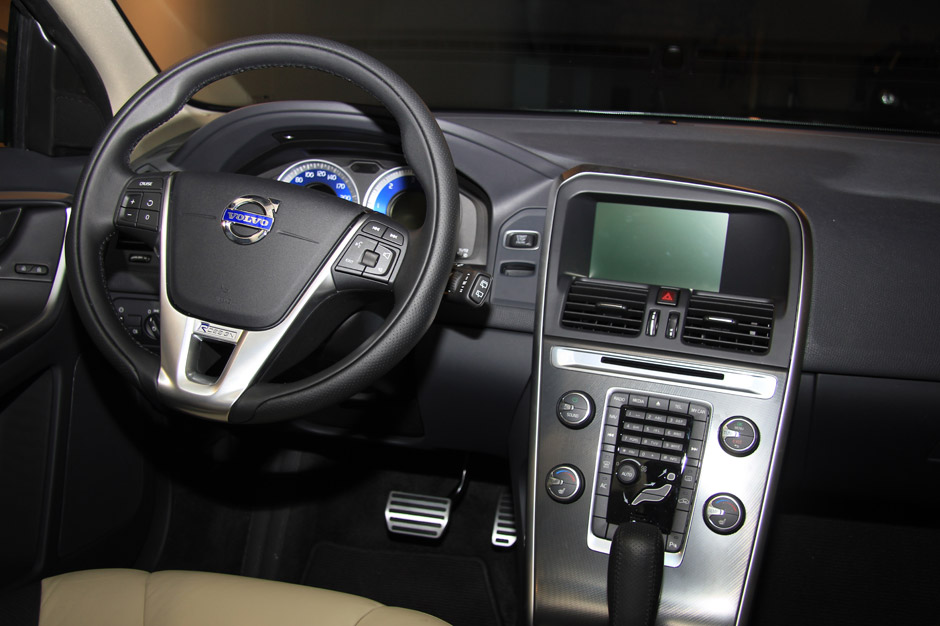A little history first: Do you remember when Volvo was shaped like a tank and even drove like one? It was engineered tough and reliable. The controls on the dashboard were few. It was all about safety.
Decision making throughout the organization was filtered first through the safety lens. Most certainly, the R&D department was charged with improving safety. Volvo was first with the use of laminated glass, it patented the modern three-point safety belt, developed the first rear-facing child seat, introduced the first side airbags, even developed a heartbeat sensor warning if someone was hiding inside the car and much, much more!
Volvo's TV commercials featured crash test dummies. Everything Volvo did reinforced the safety position. Yes, the Volvo brand owned safety in the minds of its customers and prospects. Volvo brilliantly focused on one idea.
This is the essence of positioning strategy.
A brand can only stand for one idea.
A little more history: I'm not privy to what Volvo's executives were thinking while sitting around the boardroom one day in the 1990s, but allow me to take a reasonable guess. They knew they were successful in having the highest percentage of consumers seeking a safe car. Their deadeye-focus on safety worked. But, they wanted more. Well-known economist Milton Friedman put it perfectly when he said, "We don't have a desperate need to grow. We have a desperate desire to grow." This conflict is often at the root of what can go wrong for so many companies.
The folks at Volvo must have thought they could add to the number of customers who want safe cars by adding customers who want a more chic and trendy automobile. Then, they'd have the best of both worlds - customers who want a safe car and customers who want a stylish car.
Instead of showing test dummies in car crashes, they began showing the Volvo winding down a gorgeous mountain road. The car's square corners became rounded. The research and engineering was dedicated to performance, not safety, and the marketing said as much.
So what happened? Volvo nearly went bankrupt. In 1999, Ford acquired the ailing Volvo. Then, Ford sold Volvo to a Chinese company where it remains today.
Now Volvo has announced it will break into the luxury market to compete with BMW and Audi. Has it not learned anything from its own history?
Can Volvo be successful competing in the higher end of the market? If it does not abandon the one idea it's known for in the minds of its customers and prospects - safety - it may have some success. It may become the safe luxury car. The idea of safety does align with luxury.
It is all about focus.
Then again, without focus, the idea that Volvo owns in the mind - safety - becomes vulnerable. The path to profitable growth is often counterintuitive. Everyone wants to be everything to everybody. The reality is just the opposite. It is all about focus. Volvo will open itself up to a competitor and the safety position will be ripe for the taking. I wonder who's watching? Hyundai? Toyota? Ford? Honda?
As positionists, we recommend Volvo be the benchmark rather than try to become more like BMW, Mercedes and Audi. Volvo's benchmark is safety. Drivers of all cars continue to reap the benefits of Volvo's focus over the years. Volvo, too, would be well served to return its focus to that concept, as it remains to this day the single most important factor a buyer considers.
It comes down to this: great branding is boring business. Stick to the idea you own in the mind and make it even stronger. If you have a problem with boredom, change the way you execute on your position rather than the position itself. Drive safely and stay focused.



